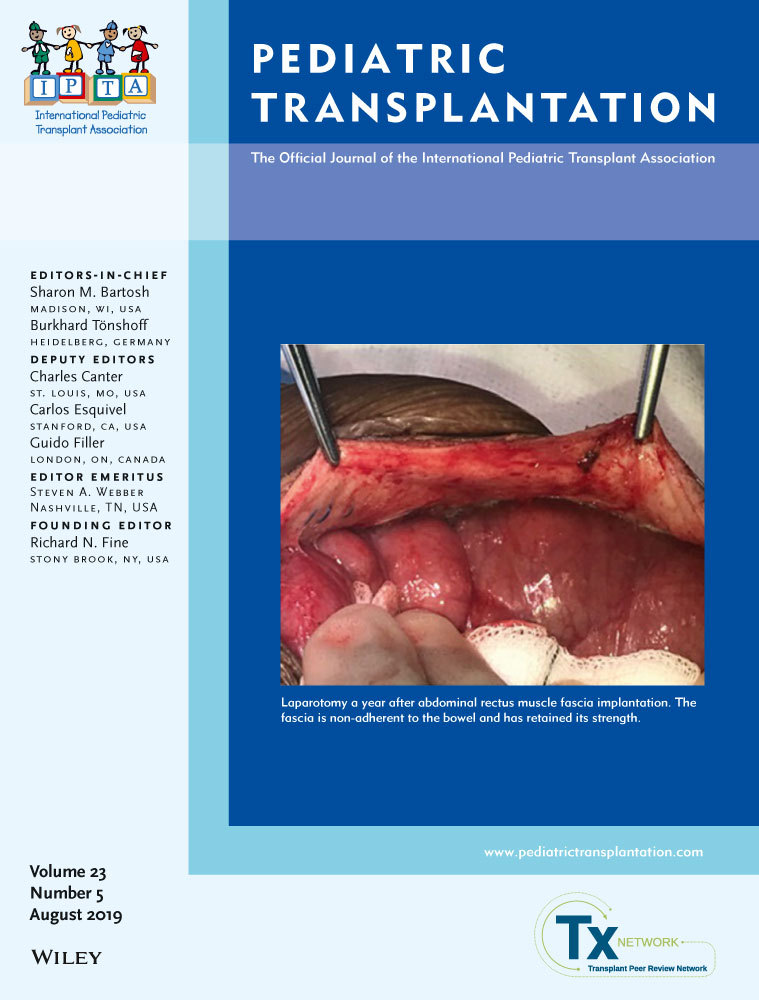CYP3A5 genotype affects time to therapeutic tacrolimus level in pediatric kidney transplant recipients
Abstract
Background
Optimal management of immunosuppression in kidney transplantation requires a delicate balance of efficacy and toxicity. Tacrolimus (TAC) dose requirements are significantly impacted by genetic variation in CYP3A5 polymorphisms, however the impact that genotype has on clinical outcomes in the pediatric kidney transplant population remains unclear.
Methods
We evaluated a retrospective cohort of 98 pediatric kidney transplant recipients. The primary exposure was CYP3A5 genotype, which classified each recipient into the expresser (at least one CYP3A5*1 allele) or non-expresser group (only CYP3A5*3 alleles). The primary outcome was time to achieve a steady therapeutic TAC concentration. Secondary outcomes include incidence of early allograft rejection and calcineurin inhibitor (CNI) nephrotoxicity during the first year post-transplant.
Results
The study cohort included 55 (56%) expressers and 43 (44%) non-expressers of the CYP3A5*1 allele. Expressers had a significantly longer time to achieve a steady therapeutic TAC concentration than non-expressers (log rank, P = 0.03). Expressers had a trend for higher incidence of early allograft rejection (29.1% vs 16.3%, log rank, P = 0.16). Early biopsy-proven CNI nephrotoxicity was seen in 60% of recipients, with no differences in the rate between expressers and non-expressers.
Conclusions
Pediatric kidney transplant recipients with the CYP3A5*1 allele (expressers) take a longer time to achieve therapeutic TAC levels than those with the CYP3A5*3 allele (non-expressers). However, we observed no significant differences in acute rejection or CNI nephrotoxicity based on CYP3A5 genotype. Thus CYP3A5 genotype was not observed to have an immediate impact on early transplant outcomes.




